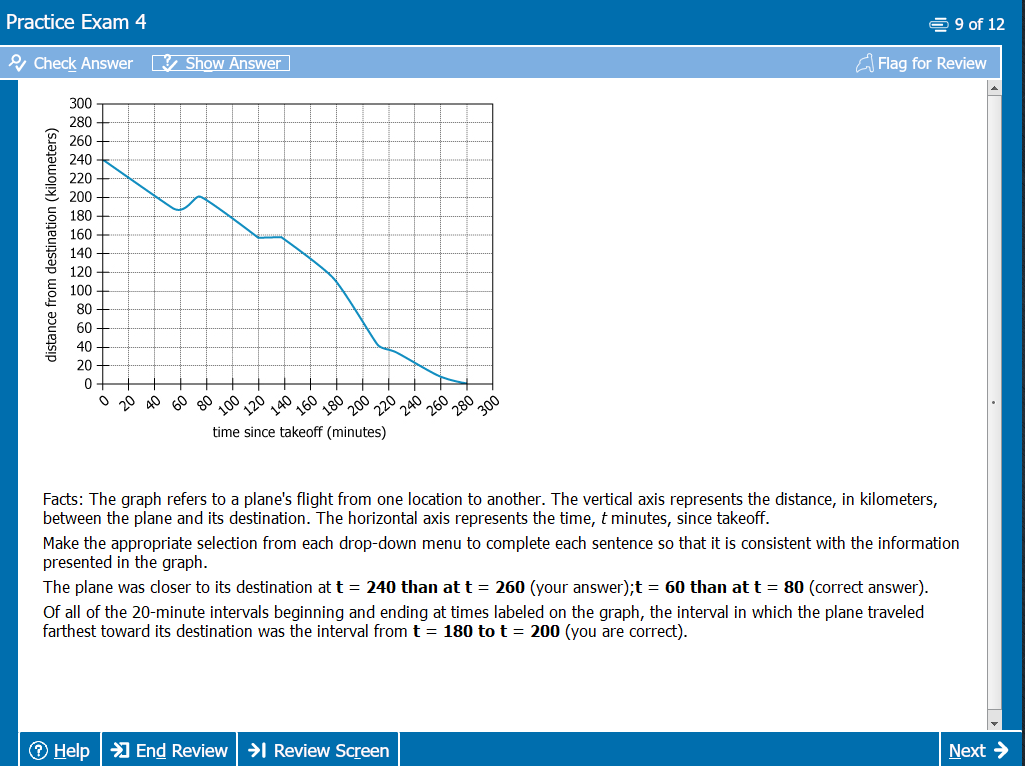Events & Promotions
|
|

GMAT Club Daily Prep
Thank you for using the timer - this advanced tool can estimate your performance and suggest more practice questions. We have subscribed you to Daily Prep Questions via email.
Customized
for You
Track
Your Progress
Practice
Pays
Not interested in getting valuable practice questions and articles delivered to your email? No problem, unsubscribe here.
- Nov 20
07:30 AM PST
-08:30 AM PST
Learn what truly sets the UC Riverside MBA apart and how it helps in your professional growth - Nov 22
11:00 AM IST
-01:00 PM IST
Do RC/MSR passages scare you? e-GMAT is conducting a masterclass to help you learn – Learn effective reading strategies Tackle difficult RC & MSR with confidence Excel in timed test environment - Nov 23
11:00 AM IST
-01:00 PM IST
Attend this free GMAT Algebra Webinar and learn how to master the most challenging Inequalities and Absolute Value problems with ease. - Nov 25
10:00 AM EST
-11:00 AM EST
Prefer video-based learning? The Target Test Prep OnDemand course is a one-of-a-kind video masterclass featuring 400 hours of lecture-style teaching by Scott Woodbury-Stewart, founder of Target Test Prep and one of the most accomplished GMAT instructors.
gmatexam439
GMAT 1: 730 Q49 V41

Posts: 1,064
Kudos
Bookmarks
Dropdown 1: t = 60 than at t = 80
Dropdown 2: t = 180 to t = 200
Be sure to select an answer first to save it in the Error Log before revealing the correct answer (OA)!
Difficulty:
 35%
(medium)
35%
(medium)
Question Stats:
67% (02:04) correct 33%
(02:16)
wrong
33%
(02:16)
wrong  based on 1818
sessions
based on 1818
sessions
History
Date
Time
Result
Not Attempted Yet

Facts: The graph refers to a plane's flight from one location to another. The vertical axis represents the distance, in kilometers, between the plane and its destination. The horizontal axis represents the time, t minutes, since takeoff.
Make the appropriate selection from each drop-down menu to complete each sentence so that it is consistent with the information presented in the graph.
The plane was closer to its destination at
Of all of the 20-minute intervals beginning and ending at times labeled on the graph, the interval in which the plane traveled farthest toward its destination was the interval from
ID: 100353
Exam Pack 1 CAT 4 IR

GMATPrep Exam 4 IR.PNG [ 95.85 KiB | Viewed 20705 times ]
Exam Pack 1 CAT 4 IR
Attachment:
GMATPrep Exam 4 IR.PNG [ 95.85 KiB | Viewed 20705 times ]
ShowHide Answer
Official Answer
Dropdown 1: t = 60 than at t = 80
Dropdown 2: t = 180 to t = 200
Kudos
Bookmarks
I made the same mistake on this IR question and was wondering how could they consider the plane to be closer at "t=60-80" instead of "t=240-260" but I guess we all missed the conjunction "than" which brings in comparison within each time frame. So ideally the question was asking whether
a. the plane was closer at t=60 than at t=80
OR
b. the plane was closer at t=240 than at t=260
Looking at the graph only in case of a the statement holds true as the plane was closer at t=60 and the distance increased at t=80
a. the plane was closer at t=60 than at t=80
OR
b. the plane was closer at t=240 than at t=260
Looking at the graph only in case of a the statement holds true as the plane was closer at t=60 and the distance increased at t=80
Kudos
Bookmarks
Hi..
For all those confused on the questions..
Question I
The first question talks of the interval when the distance from destination increased. So, in general as time elapses, the destination comes closer, so any move downwards and right is giving closeness to the destination..
But at 60 and 80, rather than moving downwards, it is moving upwards, so it is moving farther away from the destination during this interval. Now, the flight is not going to take an exact straight path towards the destination. It may be the plane has to take a small detour because of some disturbance or a no flying zone.
Even at interval 120-140, the distance remains constant
Answer - 60-80
Question II
You have to find the maximum distance that the plane travels in a time interval..
the answer is the interval where the drop is the steepest.. 180-200
For all those confused on the questions..
Question I
The first question talks of the interval when the distance from destination increased. So, in general as time elapses, the destination comes closer, so any move downwards and right is giving closeness to the destination..
But at 60 and 80, rather than moving downwards, it is moving upwards, so it is moving farther away from the destination during this interval. Now, the flight is not going to take an exact straight path towards the destination. It may be the plane has to take a small detour because of some disturbance or a no flying zone.
Even at interval 120-140, the distance remains constant
Answer - 60-80
Question II
You have to find the maximum distance that the plane travels in a time interval..
the answer is the interval where the drop is the steepest.. 180-200










